Introduction
When manufacturing medical tube sets, two of the most important factors to the manufacturer include output volume and product quality, both in terms of machine generated scrap (e.g. tube improperly inserted to connector and rejected by the machine) and product quality to the end user (e.g. no scuff marks on tubing, minimal particulate in the tubing, etc.).
Particularly when it comes to particulate, health officials are more cognizant than ever about the risks of particulate entering the bloodstream. In one study completed by the NIH in 2016, it was found that fluid delivered to a patient from a typical IV bag and tube set assembly contained approximately 1,600-8,000 microparticles/mL and 4-73 x106 nanoparticles/mL in solution (J Pharm Sci. 2017 Feb; 106(2): 511–520. Published online 2016 Nov 8. doi: 10.1016/j.xphs.2016.09.028.).

To combat quality issues, ATS Life Sciences Systems (LSS) has multiple new innovations in the tube set manufacturing space that we’ll go over in this article, including the following:
- Tube Feeder/De-reeler Optimizations
- Ultrasonic Tube Cut
- IlluminateTM Manufacturing Intelligence and Tube Set Data Tracking
- Occlusion and Leak Test
Tube Feeding: Where the Set’s Assembly Journey Begins
At the beginning of a tube set assembly’s journey is the de-reeler. In the majority of integrations, medical tubing is introduced to the assembly equipment on a pre-wound spool or roll. This is where the de-reeler comes in. Using a set of pulleys and a tensioning mechanism, the de-reeler is capable of pulling a single lumen of tubing from the roll at a consistent tension. This tension is critical as it directly correlates to the length of the tube that is pulled. Put too much tension on the tube, and the tube will stretch as it enters the machine, later shrinking and coming in below a customer length specification. Put too little tension on the tube and it becomes a ‘wet noodle’ in the equipment, making it near impossible to operate on.
In the past, this tension was derived from a weight applied to a loop of the tubing (weighted dancer) and the length of the loop bounced between a low-level and high-level sensor, resulting in variable payout speed. While this provided a reasonably consistent tension, there existed room for improvement.
Two innovations by ATS were applied here. First, the weight applied to the loop of tubing was replaced with a vacuum tensioning mechanism. This removed the dynamic loading (e.g. due to acceleration and gravity) that was inherent with the weighted dancer. It also removed one product contact/rub surface from the tubing, reducing the probability that scuffs or damage could be imparted to the tube. Second, a closed loop controller was programmed with the intent of maintaining a more consistent payout speed than in the past. Using both of these innovations, ATS is able to provide a more consistently tensioned tube payout.
Ultrasonic Cutting: Cleaning Up Cuts and Minimizing Particulate
Cutting a tube (e.g. to remove a tube segment from the roll) is an inherently violent motion. With traditional mechanical blade mechanisms, there is no extra mechanical advantage to support the cut beyond the sharpness of the blade and the shear force applied to the tube. This results in several drawbacks to the end user of the equipment, including particulate generation (mechanical blade below), degraded cut quality after extended periods of system running, and increased preventative maintenance cycles.
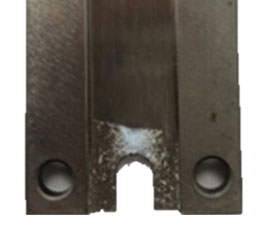
To combat this issue, ATS has collaborated with top ultrasonics suppliers to develop an ultrasonic cutting system. As an introduction, ultrasonics utilize an engineered titanium or stainless steel tool (commonly referred to in the industry as a horn) that vibrates at a high frequency (on the order of 20,000-80,000 Hz) to weld plastic products together. When applied to a sharp blade, ultrasonics can also be used to cut plastics, adding a heating element to the mechanical shear force of a pure mechanical blade. This results in a cleaner, less violent cut, and reduced risk of particulate.
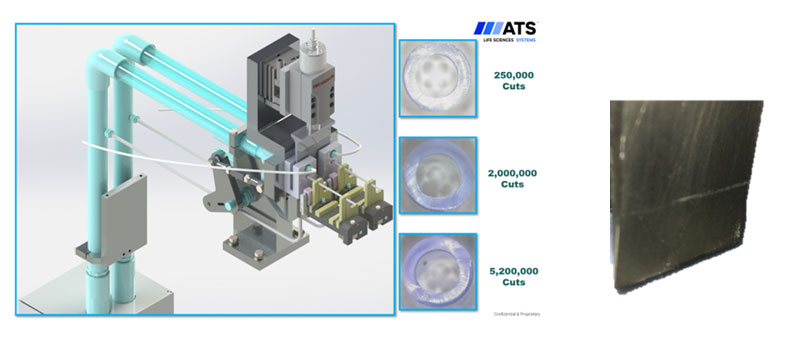
Through rigorous testing that ATS has done, we’ve been able to show that our ultrasonic cutting mechanisms are robust up to and beyond 5,000,000 cuts, exhibiting very little blade wear or degradation to cut quality at this point.
IlluminateTM Manufacturing Intelligence: Data, Data, and More Data
With the advent of Industry 4.0 and connected devices, one of the biggest revelations for the manufacturing sector has been the ability to collect exponentially more data than in the past. To this end, ATS has developed the IlluminateTM Manufacturing Intelligence software package. Integrating directly with ATS equipment and visible through the machine’s HMI, a laptop, a phone, etcetera, Illuminate brings more actionable data to more eyes than ever before.

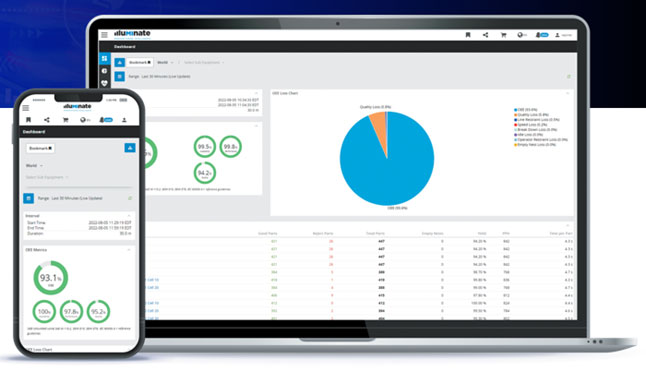
Looking specifically at some of its advantages with tube set assembly equipment, one of the largest is reject part tracking. With the quantity of variables present in tube set automation (tube ovality, tube stiffness, bond socket diameter, solvent dispense volume, etc.), finding and correcting the root cause of a newfound quality loss can be challenging. Using Illuminate’s vast amount of data to track down whether the issue is related to a new batch of product, a damaged nest, misalignment on a certain station, etcetera, the first step of the process is made easy and you can get back to normal operating levels and reduced scrap counts that much faster.
One other advantage is Illuminate’s optional Statistical Part Control (SPC) module. This module tracks any and all product process data one could ever want. Specific to tube sets, it can be utilized to monitor tube insertion depth into the bond sockets of plastic connector components, which is critical to the product functionality at the end user. Tracking this value over time, it can be compared to limits in controls charts, tabulated together to view process capability, and even viewed on a batch-by-batch basis to determine whether different lots of tubing or connector components have an impact on the insertion depth’s average and/or standard deviation.

Inspection Capability: Occlusion and Leak Test
Historically, the primary inspection technique that ATS has employed for tube set assemblies has been vision inspections of the bond between the tube and the connector bond socket (see image below left). Doing so allows us to verify the insertion depth of the tube into the bond socket. While this has proven through years of experience to be a very robust way of inspecting the bond, what it doesn’t verify is the disposition of the tubes and connectors themselves, particularly whether one of the components is occluded (e.g. blocked) or has a hole in it (primarily applies to the tube).
Traditionally, doing so was a challenge for throughput due to the synchronous nature of the ATS tube set assembly chassis, as both leak tests and occlusion tests typically require a longer tact time than is allowable for product volumes required. In order to inspect for these characteristics, either occlusion testing (blow through test) or leak testing (fill and pressure decay test) are traditionally done offline on a QC basis by the manufacturer.
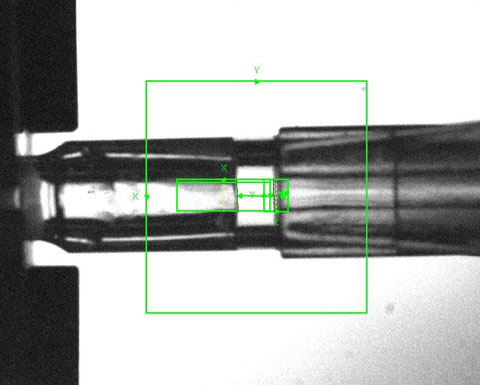
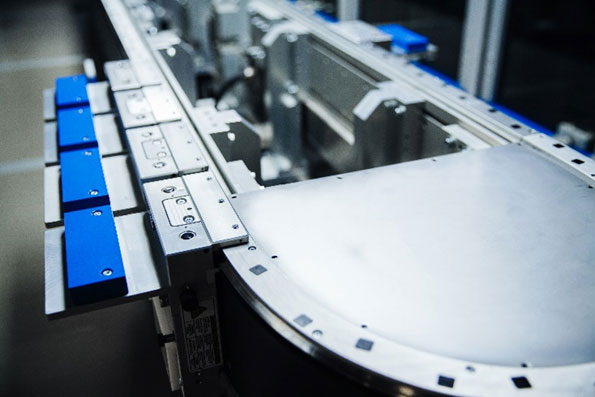
Utilizing the flexibility of the SuperTrak CONVEYANCETM chassis, we are now able to offer varying tact times and number of tracks by station, which means, for example, running a 1-up tube load station at 60 CPM and a 4-up leak test or occlusion test station at 15 CPM on the same chassis, if the customer requests it.
In summary
With all the innovations above, ATS’s tube set assembly equipment will allow you to reach the next level of quality. Whether looking for a new machine or considering an upgrade to existing equipment, this new technology will help you reduce scrap rates, meet existing and future regulatory requirements, and improve the product that is being delivered to your end user.
ATS’s tube set assembly innovations can be applied to equipment that generate any form factors of tube set, ranging from the simplest straight tail assembly all the way to a multi-segment, packaged set. Oftentimes, they can even be retrofitted into your existing equipment. Please contact an ATS representative to discuss your product needs: lifesciences@atsautomation.com
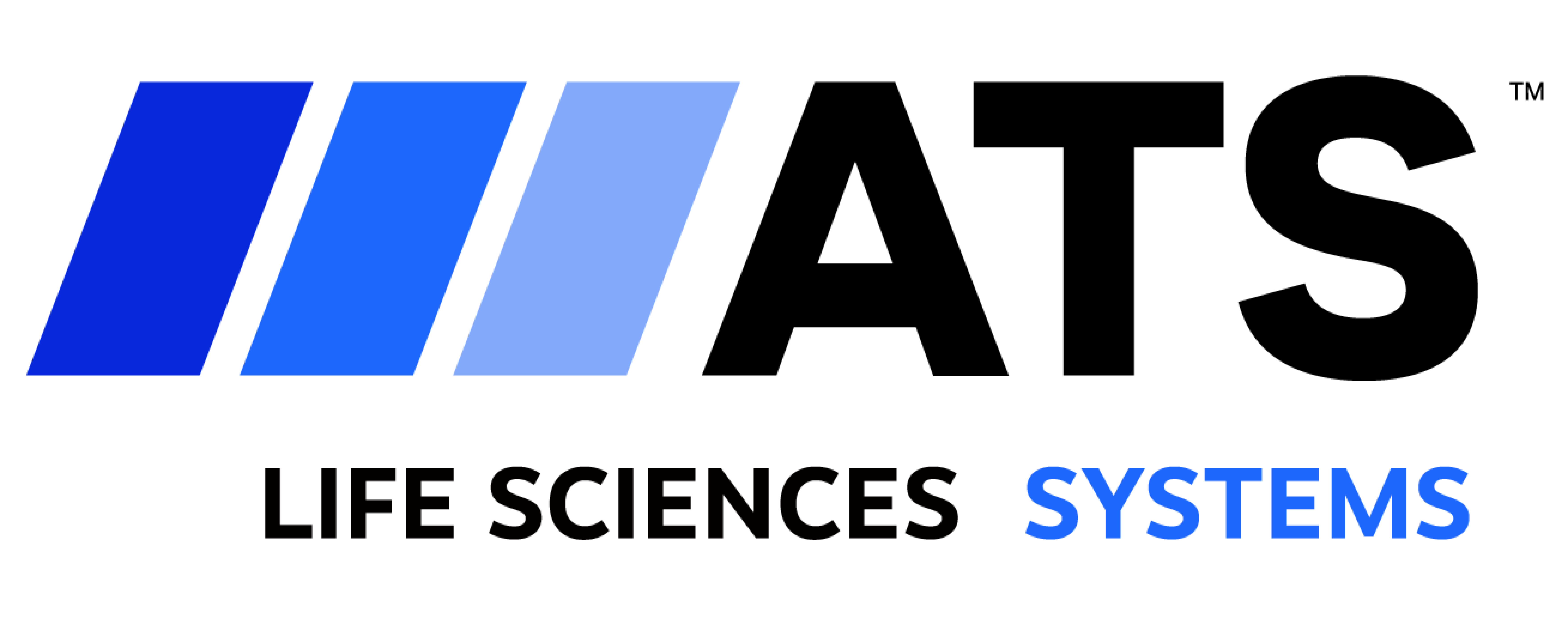

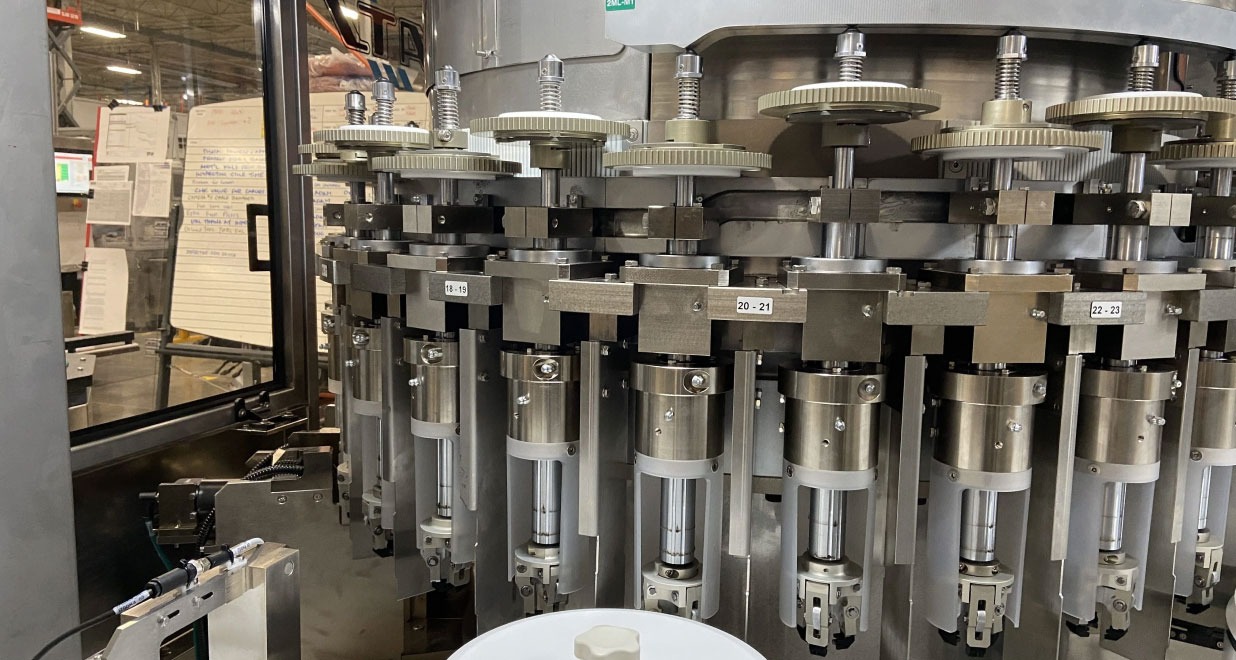
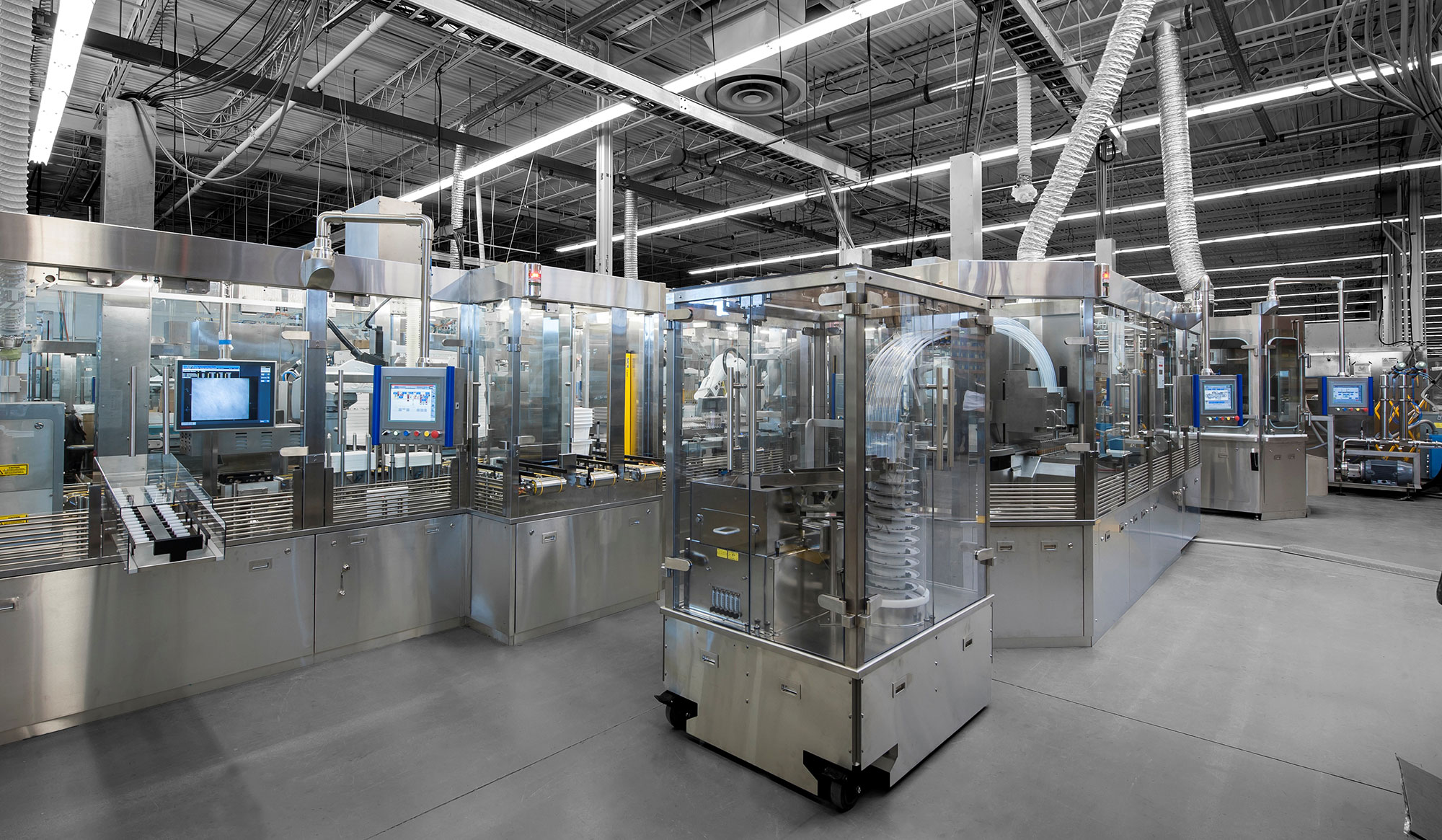



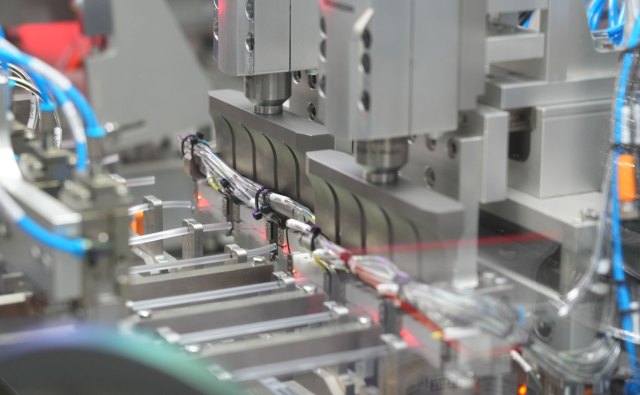

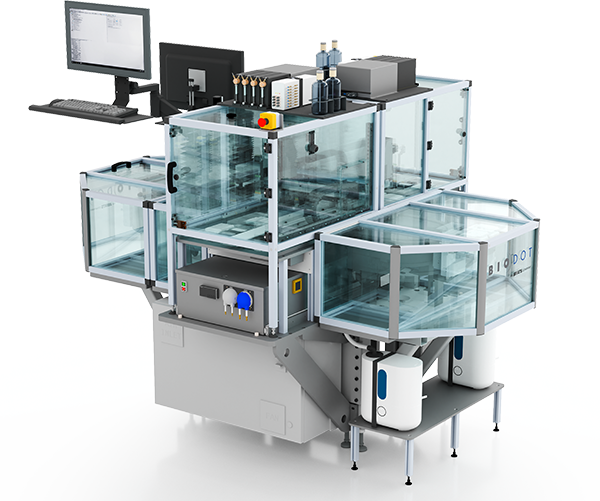

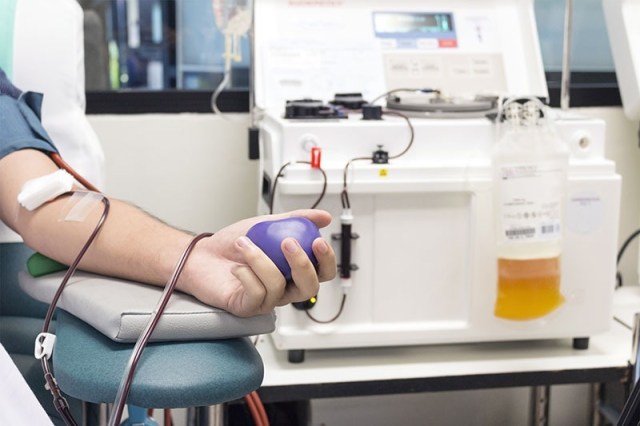


 Contact Us
Contact Us  Subscribe
Subscribe  LinkedIn
LinkedIn  Youtube
Youtube